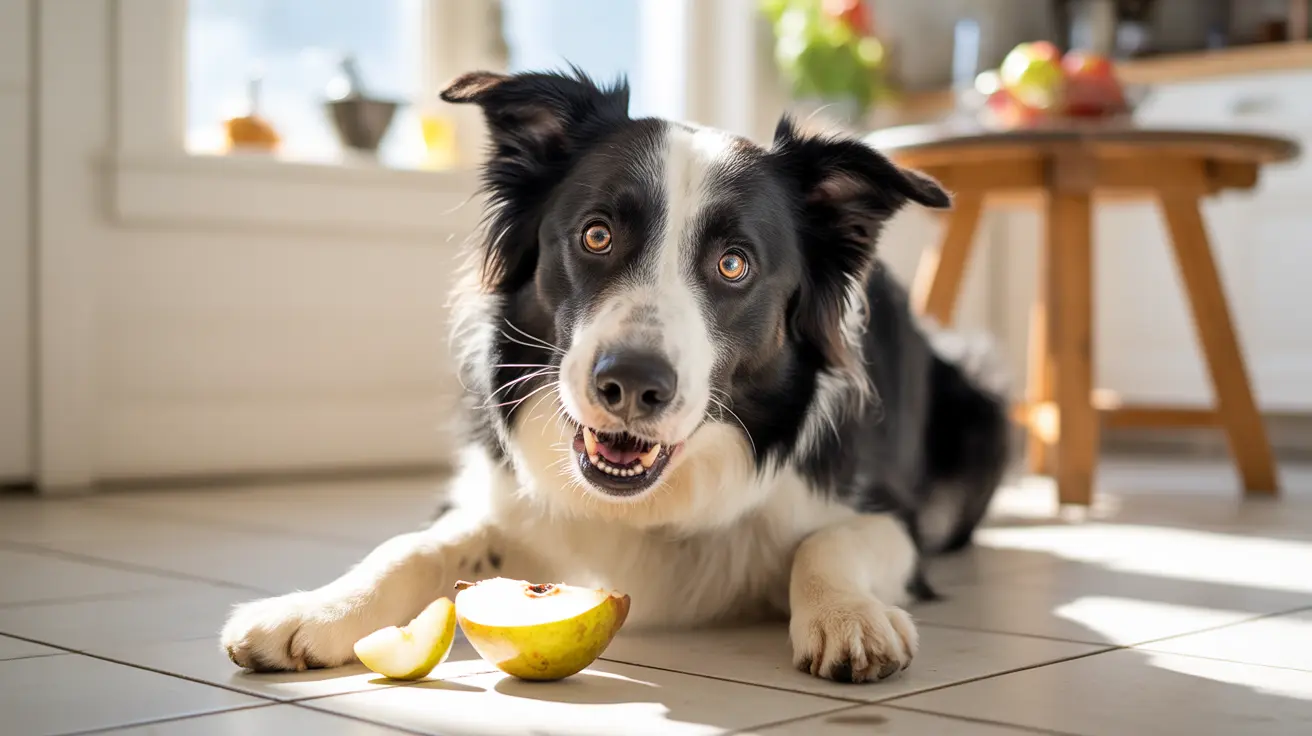Can Dogs Eat Mango? A Comprehensive Guide
Mangoes are a favorite summertime fruit for many, but pet owners often ask: Is mango safe for dogs? The good news is, ripe mango flesh is safe for dogs to eat in moderation and can offer numerous health benefits. However, certain precautions must be taken to ensure that your furry friend enjoys this tropical treat safely.
Nutritional Benefits of Mango for Dogs
When served properly, mango can supplement your dog’s diet with valuable nutrients such as:
- Vitamin A: Supports vision, immune function, and skin health
- Vitamin B6: Plays a critical role in metabolism
- Vitamin C: Acts as an antioxidant and immune booster
- Vitamin E: Promotes healthy skin and coat
- Potassium and magnesium: Aid in muscle function and overall bodily functions
- Beta-carotene: Converts to vitamin A and supports eye health
- Dietary fiber: Helps regulate digestion
All these nutrients make mango a potentially beneficial, albeit occasional, treat.
How to Safely Prepare Mango for Dogs
To ensure the mango is safe for your dog:
- Wash the mango thoroughly to remove any pesticide residues.
- Peel the skin, which can be difficult for dogs to digest and may cause stomach upset.
- Remove the pit — it poses a choking hazard and contains cyanogenic compounds that can be harmful if ingested in large quantities.
- Cut the mango into small, bite-sized pieces appropriate for your dog’s size.
Serving Sizes by Dog Size
To avoid overfeeding and potential digestive issues, follow these recommended portion sizes:
- Extra-small dogs (2–20 lbs): 1–2 small pieces
- Small dogs (21–30 lbs): 2–3 pieces
- Medium dogs (31–50 lbs): 5–6 pieces
- Large dogs (51–90 lbs): a handful of pieces
- Extra-large dogs (91+ lbs): a large handful
Always offer mango in moderation, as it should not exceed 10% of your dog’s daily caloric intake.
Risks and Precautions
While mango is generally safe, there are some risks involved if it’s not prepared properly:
- Mango Pit: Can cause choking or intestinal blockage
- Mango Skin: May cause indigestion or allergic reactions
- Overconsumption: Mango is high in natural sugars and fiber, which can lead to diarrhea or vomiting
- Underlying Health Conditions: Dogs with diabetes, pancreatitis, or sensitive stomachs should avoid mango unless approved by a veterinarian
Signs of Adverse Reactions
Monitor your dog after introducing mango for the first time. Symptoms of a negative reaction or digestive obstruction might include:
- Vomiting
- Diarrhea or constipation
- Bloating and abdominal pain
- Lethargy
- Loss of appetite
If any of these signs occur, especially if your dog has consumed the pit, immediate veterinary attention is required.
Alternative Ways to Serve Mango
- Fresh mango: Washed, peeled, pitted, and chopped
- Frozen mango: A cooling summer treat
- Homemade dried mango: In very small amounts, without added sugar or preservatives
Avoid commercial dried mango and canned mango products, as these often contain additives unsafe for dogs.
Final Tips
- Introduce mango slowly, starting with a small portion to test tolerance.
- Always serve under supervision, particularly with new foods.
- Keep pits and skins out of your dog’s reach — dispose of them immediately after preparation.
- Consult your veterinarian before adding mango to your dog’s diet if your pet has existing health conditions.
Conclusion: Ripe mango can be a delicious and healthy treat for dogs when served properly. Remember to peel, pit, and serve in moderation to keep your pet safe and happy.





